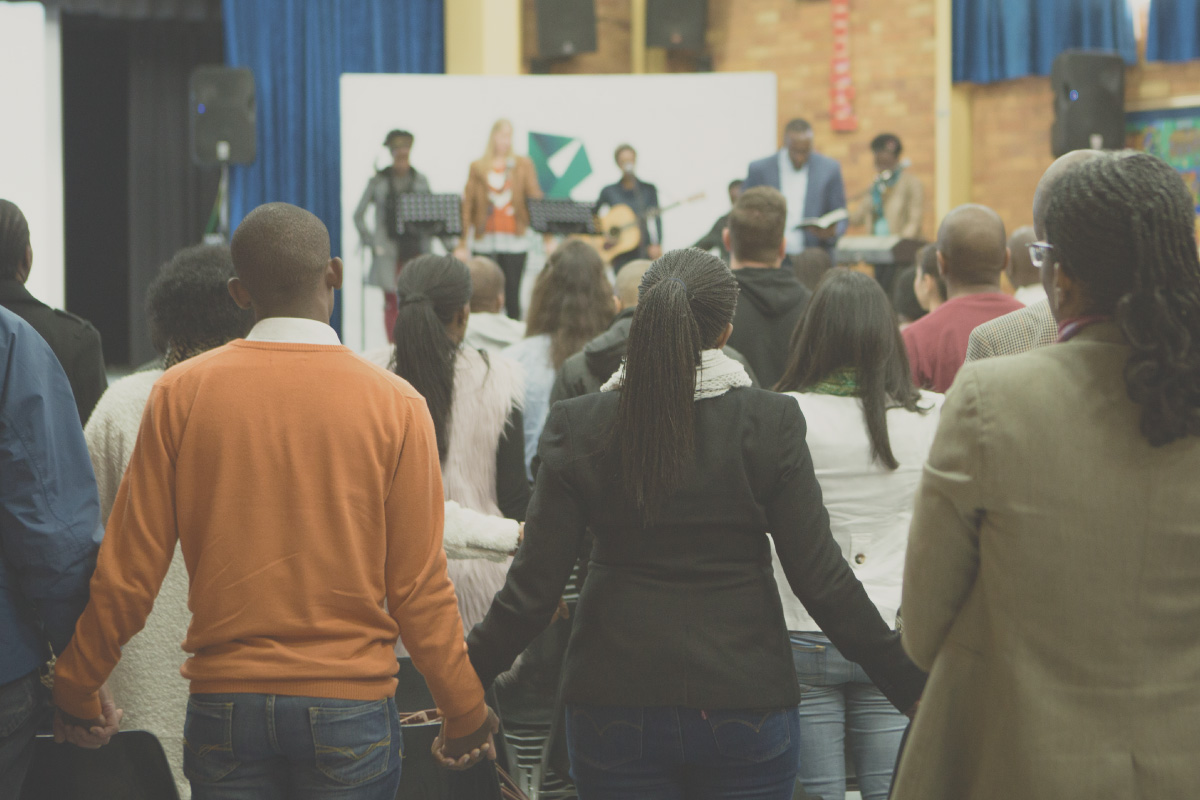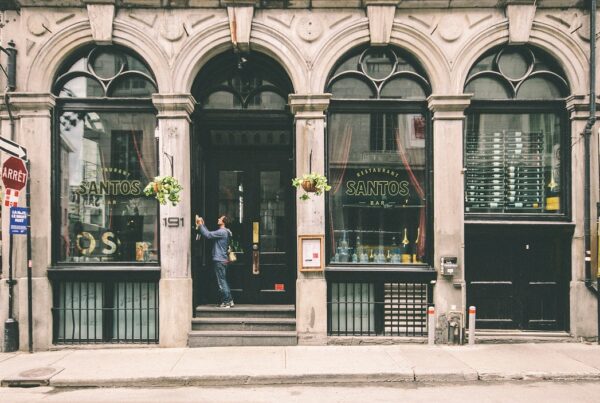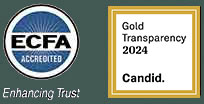In our attempt to plant a transcultural church in the city of Pretoria, I am often asked; why are you so passionate about this, so passionate that you would choose what many would say is the toughest city in South Africa to see a transcultural community not only become a reality, but flourish to where it has a multiplying effect? Let me first unpack what I mean by transcultural, a term I first heard from Renovation Church in Atlanta. I have learned a lot from this church and their pastor, Léonce Crump, and after much engagement with them I turned my focus on my home in South Africa to think through what transcultural could mean for our context. I finally landed on this definition:
Transcultural – a community that reflects, embraces and enjoys the diversity of its context, but by the power of the gospel transcends it and creates one new community in Christ.
So why the passion?
The GOSPEL.
The good news of Jesus Christ – that he came from heaven to live among his creation. He lived the perfect life that we could not live and died the death that we deserve. But the story didn’t end there; he rose, ascended and is seated at the right hand of the Father and will one day return to restore all things and fully establish his kingdom.
This surely is good news! Ephesians 2:1-10 unpacks this reality and one of the implications of this good news is that it brings people together. This is true of society today – good news brings people together! Week after week at the local sports pub people celebrate that final whistle declaring their favourite team as champions, cheering and hugging one another, many only meeting for the first time at that encounter. Or how many weddings have you been to where you only know the bridal couple and a handful of people, but after the ceremony you are on the dance floor with everyone, partying together like you have known each other for years?
As the bride of Christ, we have the greatest news … and this news must bring people together.
Good news brings people together. Bryan Loritts (Abundant Life Christian Fellowship, Mountain View, CA) makes this same point in unpacking the reason for diverse communities and goes even further by saying: really good news, will bring even strangers together. As the bride of Christ, we have the greatest news to have hit the face of the earth and this news must bring people together – all people, regardless of ethnicity, culture, age or socio-economic background. So as we go about the task of planting churches we need to be planting and strategising about how to plant transcultural churches. Churches that embrace diversity and, through the unifying power of the gospel, create new communities in Christ.
Paul planted transcultural churches
Paul’s ministry displayed this beautifully. He would go from town to town, city to city, region to region preaching the good news of the gospel and planting churches!
Whenever he rolled up into a new place, he would ask two questions:
- Where is the synagogue? (ie. the religious people who believed they were God’s children by birthright – the Jews.) Acts 17:1-2
- Where is the marketplace/educational institutions? (ie. those who were considered far from God, those who the Bible calls Gentiles) Acts 17:17, 19:9-10
He would do this so that all would hear the good news, be transformed by the gospel and call on Jesus as their Lord and Saviour.
Now with these two groups of people coming to faith, both Jew and Gentile, the temptation would have been to start two different churches, one for gospel-believing Jews and another for gospel-believing Gentiles. Just like we have done throughout history and so easily continue to do, telling ourselves that it makes sense because we would grow the church more quickly this way.
Paul didn’t go for the easy option and plant two churches for Jews and Gentiles – both were declared one in Christ
But Paul didn’t go for the easy option, he didn’t plant two churches, one for Jews and one for Gentiles. He declared that now you are both in Christ, you are one community.
Ephesians 2:11-22, gives reasons for why our origins as the church are transcultural.
In Ephesians 2:14-16 Paul uses very intentional language, to explain why the church is and should be transcultural. He talks about the wall that existed between Jew and Gentile, which at the time of this letter was an illustration that made absolute sense and spoke into their culture. The temples back then, where people worshipped God, had a dividing wall between Jews and Gentiles. On the walls were inscriptions in Latin and Greek forbidding Gentiles to enter the space of the Jews. Paul was saying that Jesus’ death demolished this wall, allowing Jew and Gentile to worship and live together.
This wall of hostility can still exist in our hearts and churches. This is the same heart that the gospel has transformed, and if that is the case then there can be no room for segregation just because someone looks different, grew up differently or are in a different socio-economic bracket.
The Most Segregated Hour
Sadly, our nation – and some would say the church – have done a pretty good job at rebuilding this wall. Martin Luther King Jr. once said that the most segregated hour in America is eleven o’clock on a Sunday morning. This was over 50 years ago but I believe that statement to be true of a lot of churches in South Africa today. Even though we have had an integrated society since 1994 – our schools are integrated, our places of work are integrated, even our neighbourhoods are integrated – on a Sunday we get in our cars and drive to our homogenous churches to worship our God who has called us to be unified in Jesus by the power of his Spirit.
Paul says that in Christ, a new community was created, something that had never been seen before; Jew and Gentile coming together in unity under the lordship of Jesus Christ. In Paul’s day the only place you would see this was in the church and it blew people’s minds. What a powerful demonstration of the gospel, the good news. We need to plant churches that blow the mind of the watching world, communities where people and groups are united in Christ that otherwise would never be seen united.
In our homogeneous circles of comfort are we becoming a hindrance to the gospel, are we failing to display the beautiful picture of the church, who she was meant to be as we see in Revelation 7:9-10? Are people no longer interested in the church because we don’t look any different from all the other local homogenous social clubs?
When we talk about being transcultural at Rooted Fellowship in Pretoria, we envision ‘a community that reflects embraces and enjoys the diversity of its context.’
Today, people walk into churches and say: that’s the black church, that’s the white church, that’s the rich church or the poor church. This should not be!
Let’s strive to plant churches that show off the beauty of God – the source of our glorious diversity & unity
One of the greatest demonstrations of the gospel, is the coming together of all people, black, white, rich, poor, male, female, cool, uncool – all coming together because of the good news of the gospel, the gospel that has transformed our hearts and moved us all from being enemies of God to children of God. What a powerful witness that would be; here in Pretoria, a city marked with a painful history of segregation.
So let’s strive to plant churches that plant churches that show off the beauty of God – the source of our glorious diversity and the means by which all people can be united, in one global family, through the blood of Christ.











